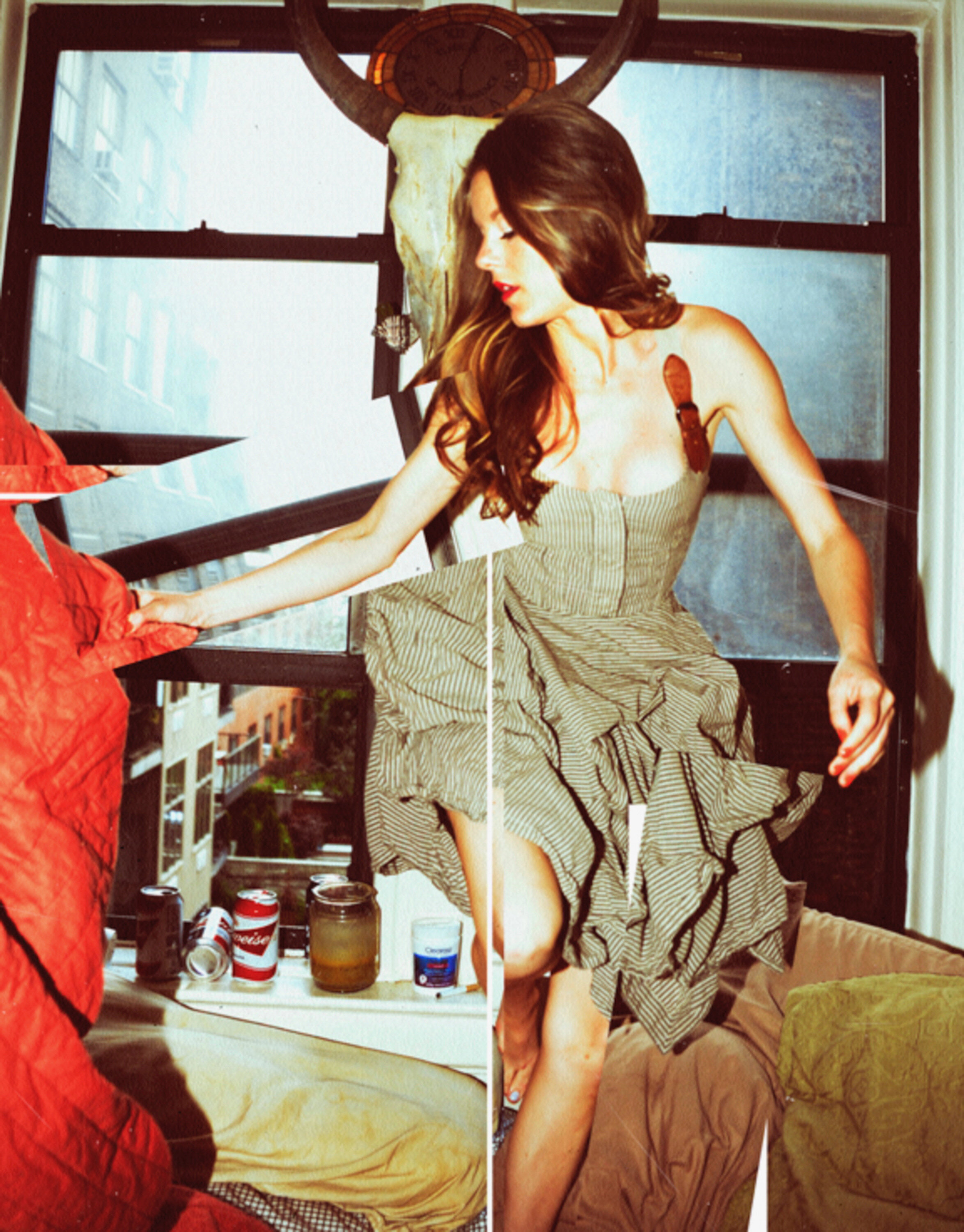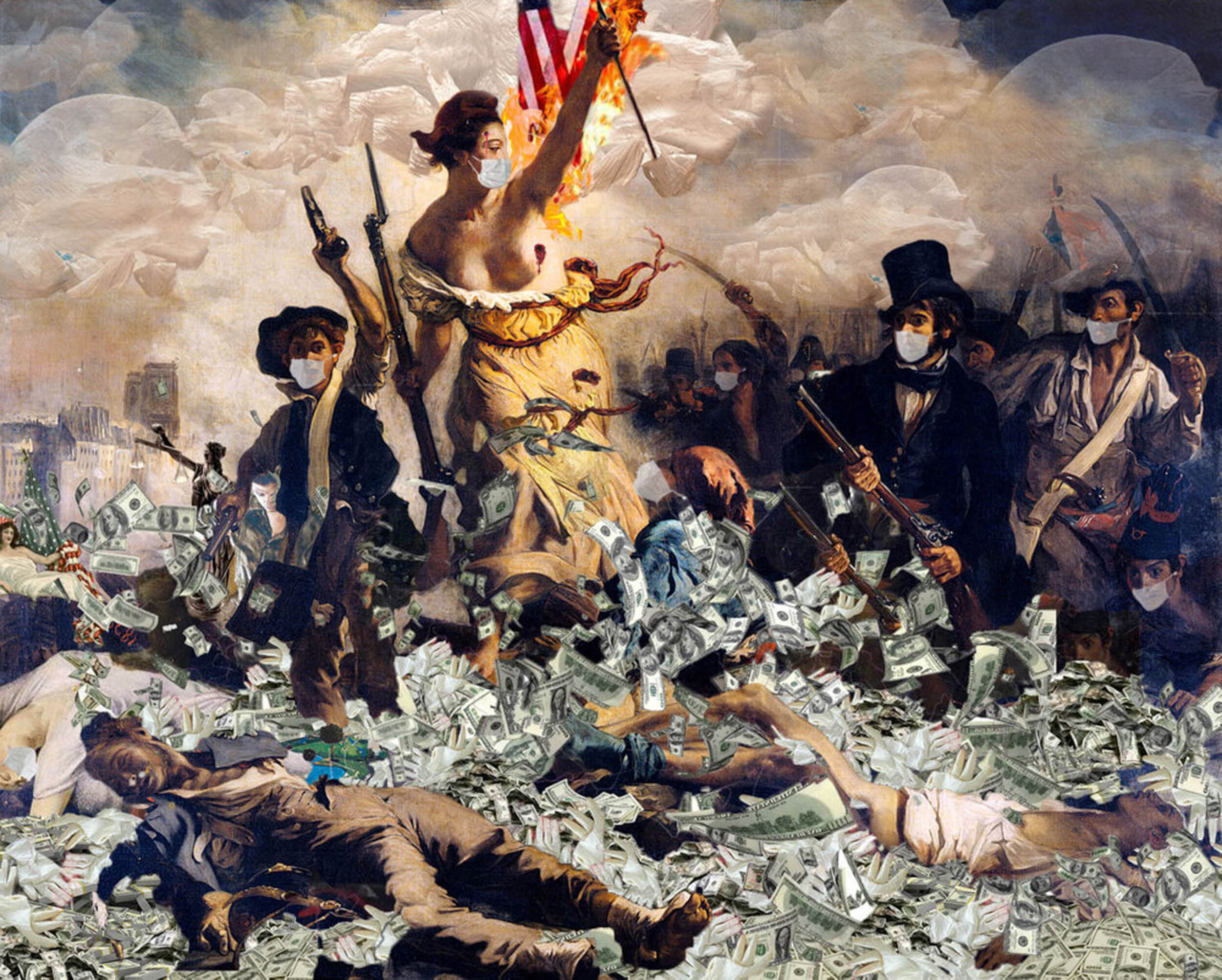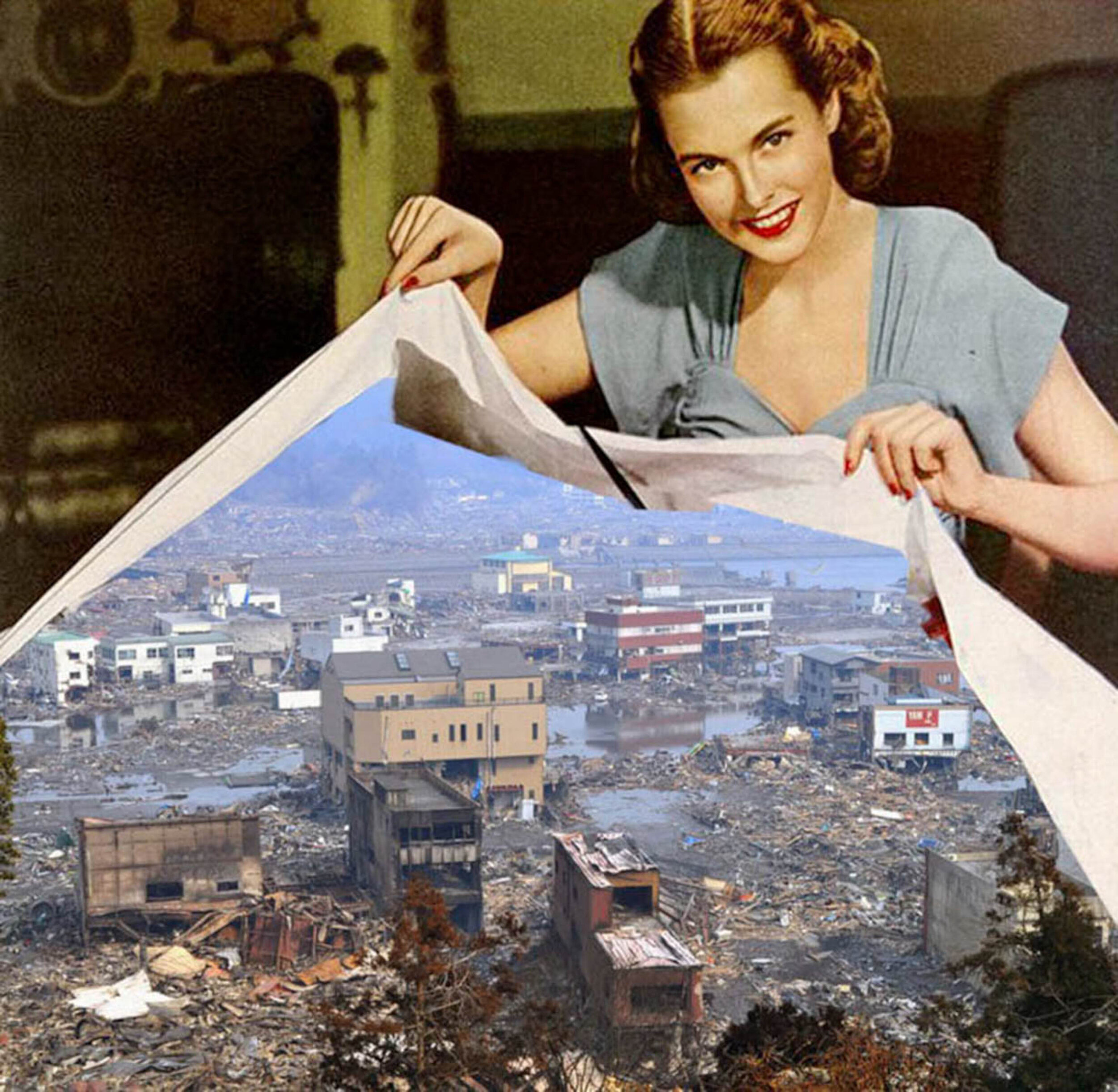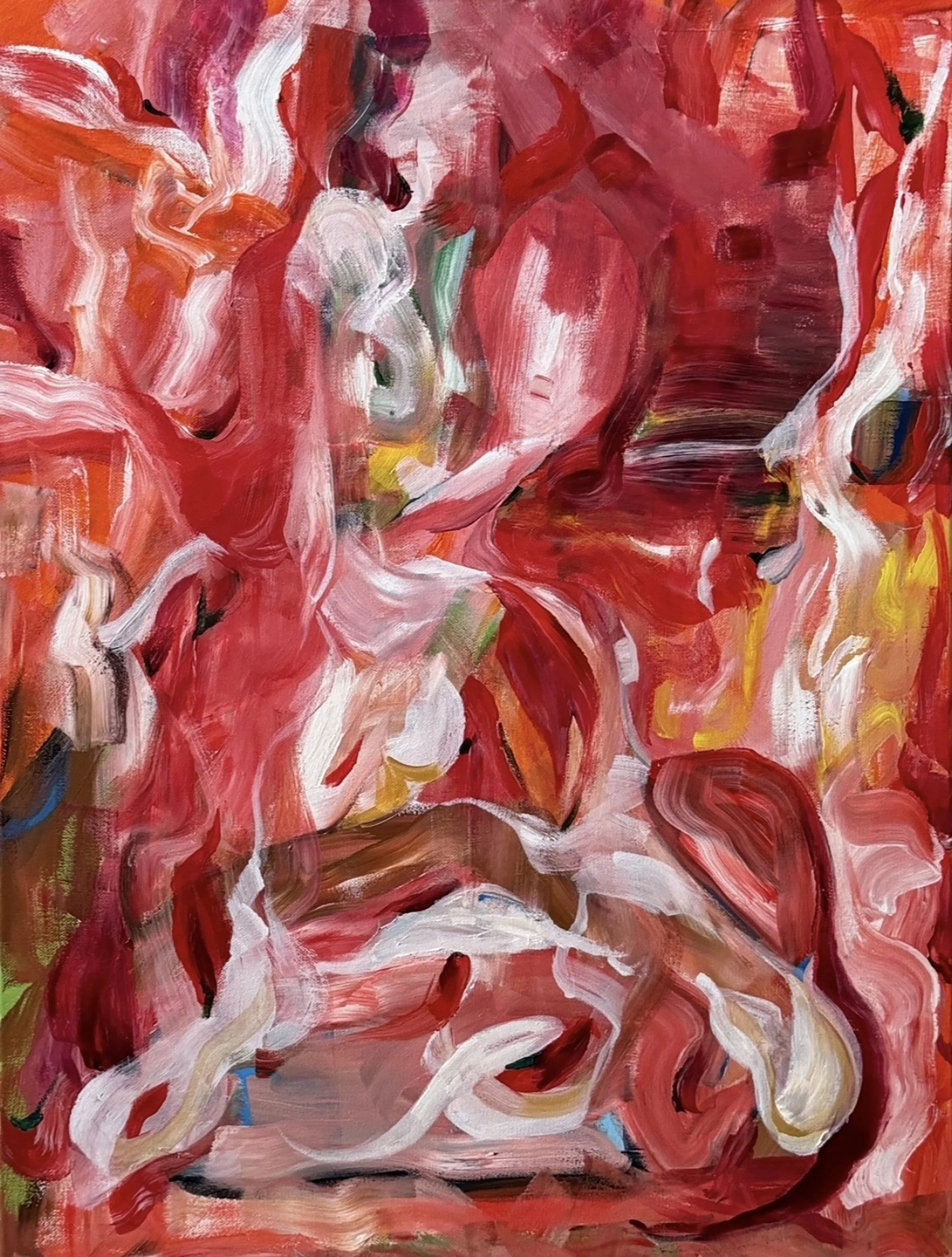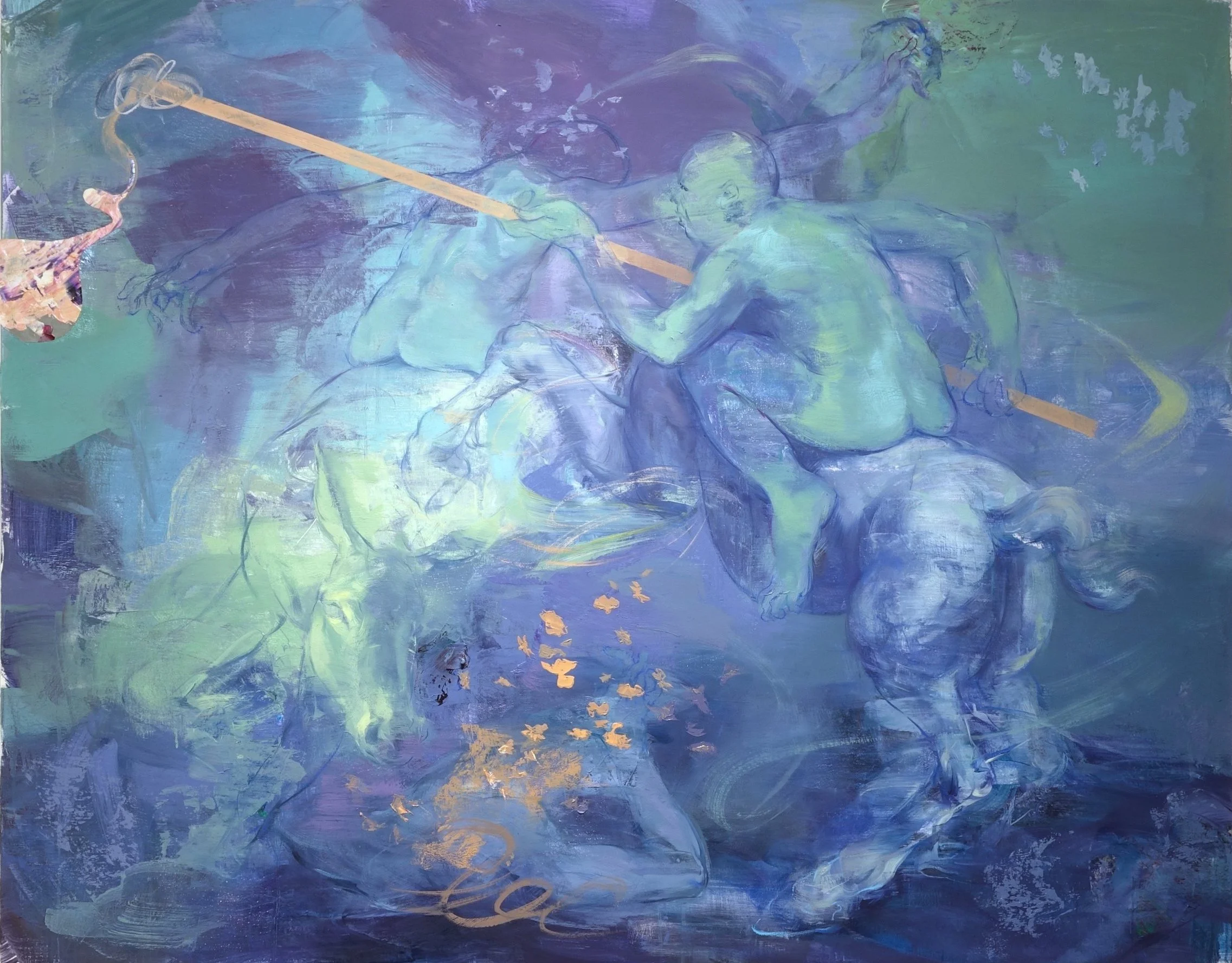10 Questions with Sam Heydt
Sam Heydt (born April 20, 1986) is an American social practice and recycled media artist born/raised in New York City. Although currently residing in Vienna, Heydt has lived/worked in Paris, Venice, Amsterdam, Athens, Buenos Aires, Sydney, Reykjavík, and Rajasthan. Her academic career traversed Parsons School of Design, The New School, Cooper Union, Universiteit van Amsterdam, Universidad of Buenos Aires, and La Sorbonne. In 2012, Heydt launched Jane Street Studio, L.L.C. in Manhattan. Since established, the photo studio has broadened its performance to provide both design and marketing consultation in addition to art direction. Its growing roster of clients spans Europe, North & South America, Asia, and Oceania.
In addition to this entrepreneurial undertaking, Heydt has attended artist residencies in Iceland, Australia, and New Zealand; where she has documented different forms of environmental exploitation. A published author, producer, and lifelong activist, Heydt has undertaken a range of altruistic, non-profit work. Her art, anchored in social advocacy, attempts to give a voice to the veiled, forgotten, exiled, and silenced.
Working across different media- film, video, installation, photography, sculpture, sound, and text, Heydt presents an abstract proposition for a world on the periphery of history, one that not only appears haunted by the ghosts of the past but built on it. Often reinventing or trespassing the associative use of the material in use, Heydt is esteemed as one of the pioneers of the recycled media movement. Her work has been shown in galleries, museums, art fairs, and film festivals worldwide.
Sam Heydt portrait
ARTIST STATEMENT
The edge is closer than we think, but illusion won’t free us from reality, even as the sustained narrative of tabloids becomes history and the myth of progress continues to perpetuate inequality. Globalization has moved forward unevenly and no one can say where this "New Frontier" is leading us. As the natural world is liquidated and substituted with an artificial one, the social landscape becomes increasingly fractured and alienated. No longer in focus, all grand narratives dissipate in the space of post-history, as technological dependency diminishes the tangibility of our experiences. The medium has swallowed the message.
Our time is marked by a mass extinction, diminishing resources, global pandemic, and climate change. As the vices of the first world burden the third, the skeletons of old factories serve as caveats of growing inequality. The silent landscape a symptom of a world exploited beyond use and increasingly reduced to a bottom line. Political dissidence is drowned out by the white noise of the media, as it sedates the social psyche with empty promises it proposes for the future it truncates.
Conflating time and place, Heydt's layered imagery collides, merges, and disrupts logical relationships between occurrences. Combining images of destruction with portrayals of the virtues born from the American Dream, Heydt confronts the disillusionment of our time with the ecological and existential nightmare it is responsible for.
Lip Service - Heterotopia, Analog Assemblage, 40x40 in, 2020. Sam Heydt©
INTERVIEW
You have traveled extensively and worked all over the world. What is your favorite experience so far as an artist? And what are your favorite cities out of the ones you have lived in?
Our peripheral vision of the world expands as we travel, shattering with it our singular views and assumptions. Through this splintered frame of reference, one’s ability to engage in different ways with the world at large and harness a stronger understanding of one's place in it. My experiences living abroad have unquestionably challenged my perspective and shaped the aesthetic and direction of my work. It is difficult to say which place hijacked preference, as each imparted a unique understanding and left in its wake a lasting impression. That said, my time in India, New Zealand, and Iceland do stand out as localities that bore the most reality-shattering, life-changing experiences. India unraveled my reality. I finished high school there and have returned many times since, the country continues to reveal life many layers in realizations that come in waves, like a swift current causes you to lose footing. New Zealand has strengthened my connection to nature and commitment to fighting for conservation. Iceland affirmed through hardship the fragility of life itself and instilled the unique brand of gratitude, urgency, and appreciation that comes with near-death experiences. It’s like Freud says, “One day, in retrospect, the years of struggle will strike you as the most beautiful.”
Lady Liberty - COVID19, Mixed Media, 30x24 in, 2020. Sam Heydt©
You also have collected a great number of experiences, in terms of career. Tell us about your background and past projects.
My interest in art was sparked at an early age by my father, who himself is a painter. Aspects of his influence can be seen in my work, despite the divergence in our subject matter. Given that art is a product of lived experiences, my practice has pivoted throughout the years. My background is in photography, which shifted from fine art to fashion to finally documentary. Immobility proceeding with the aforementioned accident in Iceland resulted in my experimentation with direct animation film and 35 mm slides. Recovery forced me to slow down. I moved to Venice, I met a mixed media artist named Diedre who collaged maps. The seed was planted. I took a step back and worked on ships. I fell in love, moved to Vienna. I started collaging after inheriting a box of pornographic magazines, have since expanded my sources. In retrospect, these stages weren’t truly transitions, as they built on each other and in the here/now interweave with one another.
What is your personal aim as an artist?
My work aims to present the problematics of a world exploited beyond use and increasingly reduced to a bottom line, marked by a mass extinction, diminishing resources, and product fetishism. The layering of imagery definitive of my work aspires to conflate time with the place and disrupt logical relationships between occurrences. Combining images of destruction with portrayals born from the American Dream, the disillusionment of our time is confronted with the ecological and existential nightmare it is responsible for. As far as career ambitions go, I, of course, have lofty aspirations of landing shows at the usual suspects: MOMA, Pompidou, Guggenheim, Whitney, Documenta, Biennale - not so much for the claim to fame, but for the validation that my voice is being heard, understood, that I am not screaming into a void.
Let Outside In, Mixed Media, 20x30 in, 2020. Sam Heydt©
Lip Eyes - Your Face In Mine, Analog Assemblage, 2020. Sam Heydt©
Let's talk about recycled media art. Can you explain to our readers what it is and how you are working on it?
In short, I rely on recycled material as a basis for creation, oftentimes employing new media to resurrect "old" static media forms and trespassing the associative of found objects. As a lifelong environmentalist, my preoccupation with up-cycling, recycling, and conservation inevitably bled into my practice. I coined the term in response to the realization that Dadaism, Surrealism, Lettrism, Neo Dadaism, Pop, etc fell short of articulating the work I was generating and the approach I was employing. Working across a range of mediums with stylistic schizophrenia, one of the few constants threaded through my practice was the reliance on recycled media - both physical and symbolic.
What are the main themes behind your work?
My work often speaks to entropy, the exploitation of nature, and our complacency in the face of catastrophe. It aims to shed light on the different phenomenologies of our increasingly fractured social landscape and gives voice to the uncertainties drowned out by the white noise of the media and the empty promises proposes for the future it truncates. Furthermore, having spent the last decade documenting scarred landscapes and marginalized communities, I understand my work as a form of environmental activism and a platform for political discourse. Regardless of its form, my work always tells the same story: the story of humans, of exploitation, of the disappearance of nature, of time, of false memory, and the uncertainty for the future. I try to approach the subject matter with lightness and irony to counterbalance its intrinsic gravity.
Sneak Peak Into What’s Coming, Analog Assemblage, 40x40 in, 2020. Sam Heydt©
What aspect of your work do you pay particular attention to?
The concept underpinning it, how it reflects, relates and speaks to current issues society is grappling with. Furthermore, I seek to give new meaning and new life to something obsolete, saving it from destruction... at least for a while.
Where do you find inspiration for your work, and what is your creative process like?
Before I commence creating anything, I try to amass as much material as possible, so I have as many variables as possible to play with: discarded paper, old handwritten letters, images from old magazines, old amateurs photos. Anything dated attracts me as it expresses through its wear the passage of time. Its history is written in its wrinkles and rips.
From there, I then just create, and the ideas come, or the ideas come, and I create, working on several pieces at a time, so I am never stuck on one. My initial approach is intuitive, guided by curiosity rather than a preconceived notion or direction. I leave everything up to the unconscious and allow myself to get lost in the unpredictability born from disorder and chance. It is in this vast area of freedom that inspiration finds me. When everything is all set and done, I look at what I have in front of me, what it expresses, and take responsibility for it, as at the end of the day, I have to own the meaning that emerges.
That said, the construction of my images does not impose only one reading because I only give partial visions, primers of narration. I am frequently surprised when people tell me about their own interpretations, which are often influenced by their own intimate memories. From that point on, my responsibility diminishes.
What Else Is On - Blind Spot, Analog Assemblage, 2020. Sam Heydt©
Pulling Apart - Heterotopia, Analog Assemblage, 2020. Sam Heydt©
How did you keep your followers and collectors engaged over the last year? Did you take part in any online exhibitions or events?
Yes, I have been in countless virtual exhibitions and VR art fairs and have had success selling my work online through platforms like Artsy and my website. I also run a gallery space called KITSCH and I am represented by galleries in Germany, Switzerland, Australia, and Canada [their specifics can be found on my site].
Finally, what are your plans for the future? What do you think (and wish) the future holds for us?
To be honest, it’s hard to say. With covid still looming, it’s been hard to plan for the future, not knowing when the future starts. The excess of time is met with a paralysis perpetrated by the pandemic. That said, hopefully, the doors of my gallery KITSCH will open soon. One can also expect to see lots of new work from me exploring the post-internet aesthetic in the form of NFTs. As far as exhibitions go, I’m in a show at CODA museum [Netherlands], Natural History Museum [Portugal], Doge Palace [Italy], CICA Museum [South Korea], AiOP [NYC], Šiluva Art biennial [Lithuania] to name a few. Long term and in the grand scheme of things, I hope to open an orphanage/school in Rajasthan that takes in and educates young girls from the Banjaara caste that would otherwise be funneled into child prostitution.


